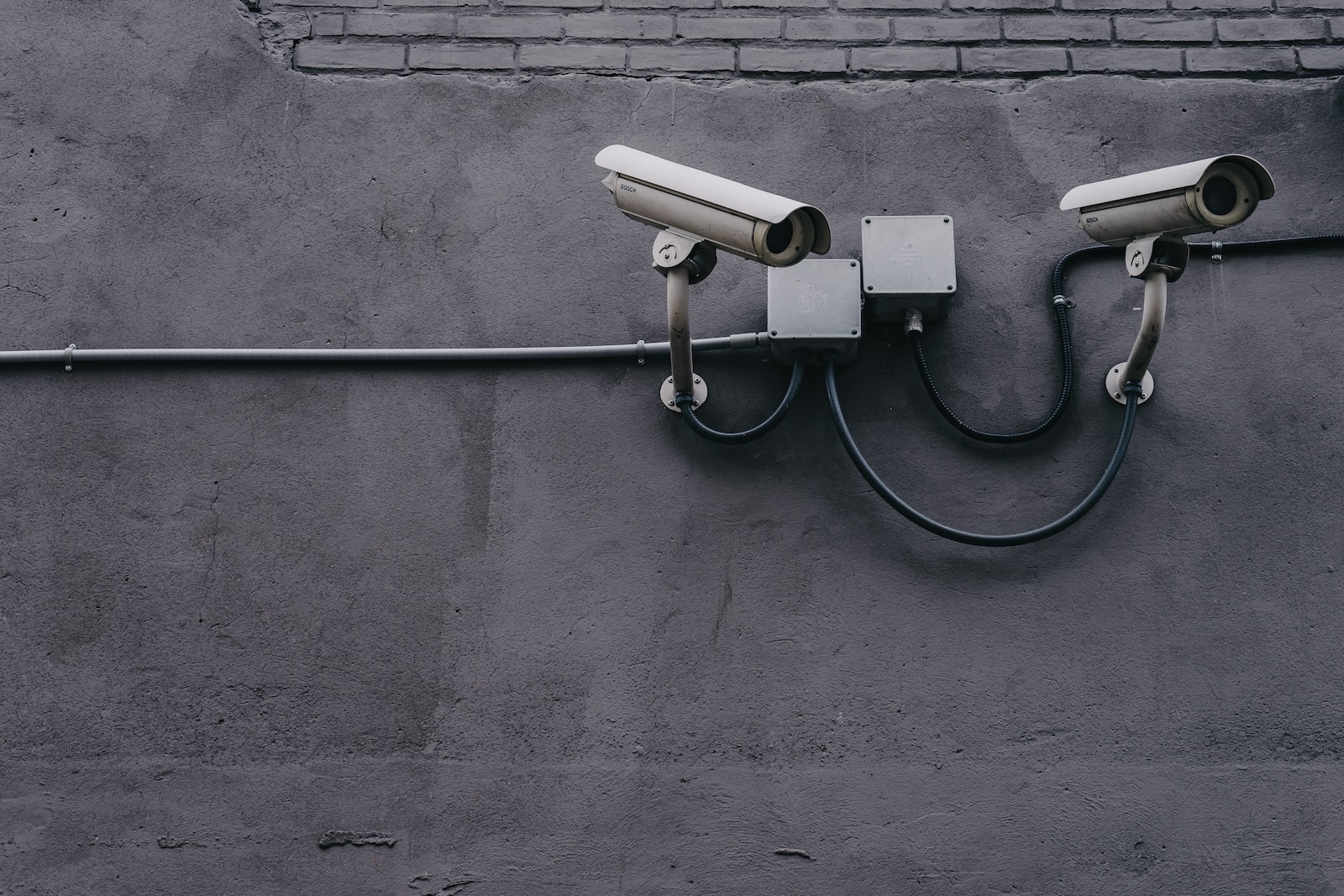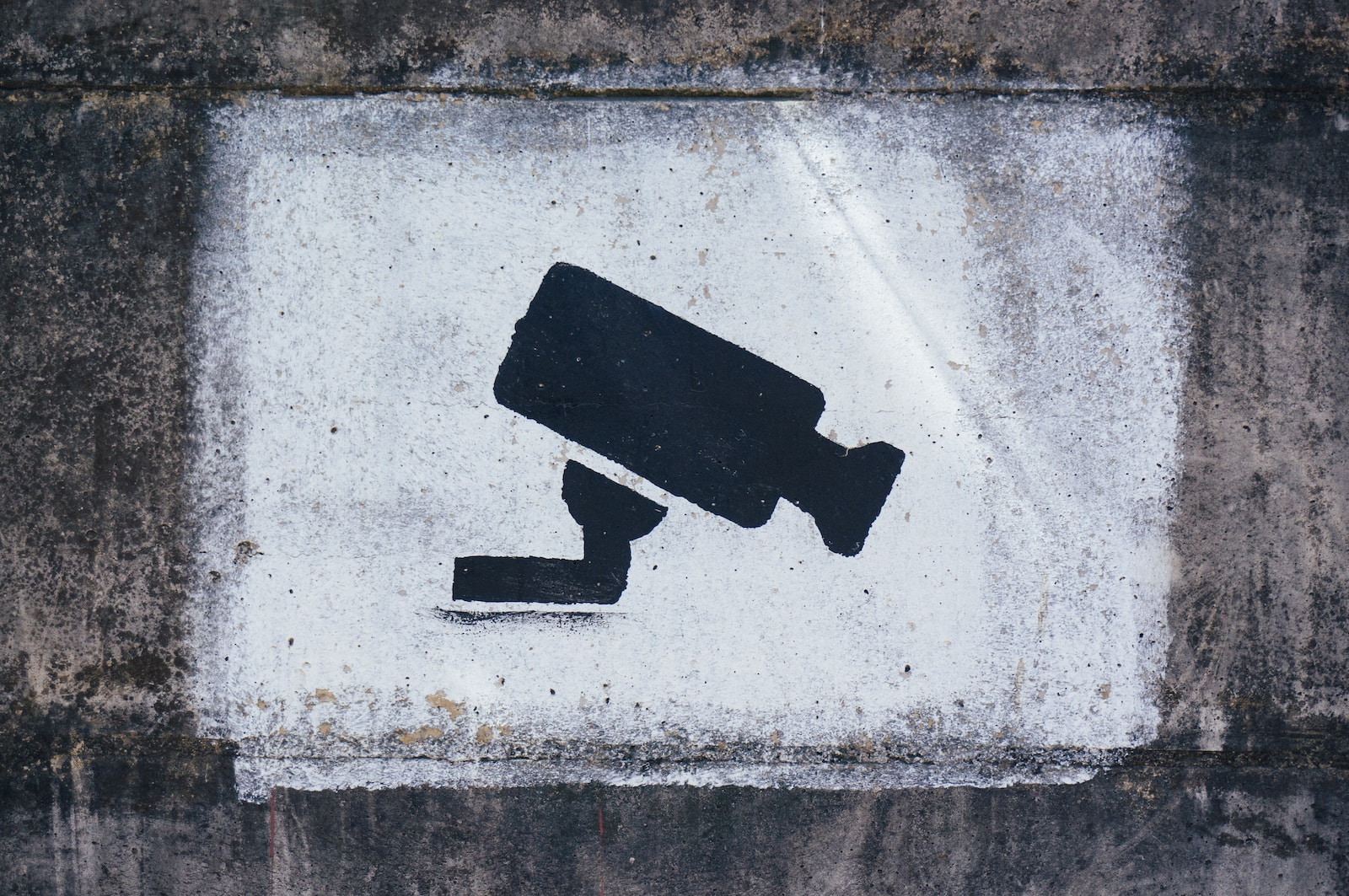Home security systems have become an essential part of our lives, providing us with peace of mind knowing that our homes are safe and secure. This comprehensive guide will take you through everything you need to know about these innovative solutions.
Introduction
What are Home Security Systems?
A home security system is a network of devices working together to protect a home from potential security threats. These devices typically include elements like alarms, sensors, cameras, and control panels, all designed to deter intruders and alert homeowners of any unusual activity.
Benefits of Home Security Systems
The advantages of having a home security system are numerous. From deterring potential burglaries to reducing insurance premiums, these systems prove their worth time and again. A robust system can even provide crucial evidence in the unfortunate event of a crime occurring.
Types of Home Security Systems
Monitored Systems
How Monitored Systems Work
Monitored systems are professionally managed security solutions. They work by sending alerts to a monitoring center when an alarm is triggered. The center then contacts the homeowner or local law enforcement, depending on the situation.
Pros and Cons of Monitored Systems
While monitored systems offer high levels of security and professional assistance, they do come with monthly fees. Additionally, there may be delays in response times due to the involvement of third parties.
Wireless Systems
How Wireless Systems Work
Wireless systems rely on Wi-Fi or cellular connections to communicate with various components. They’re easy to install and can be controlled remotely using smartphones.
Pros and Cons of Wireless Systems
Wireless systems offer flexibility and ease of installation. However, they are dependent on a reliable internet connection, and there may be concerns about hacking or interference from other wireless devices.
DIY Systems
How DIY Systems Work
DIY security systems come as pre-packaged kits that homeowners can install themselves. These systems typically provide step-by-step instructions and are customizable to fit individual needs.
Pros and Cons of DIY Systems
DIY systems offer affordability and customization. Nonetheless, the responsibility for monitoring and responding to alerts falls solely on the homeowner.

Components of a Home Security System
Control Panel
The control panel acts as the primary controller for the entire system. It communicates with each component, sounding alarms when necessary, and communicates with the monitoring center if your system is monitored.
Security Cameras
Security cameras play a crucial role in deterring potential intruders and providing visual evidence in case of an incident. They can be placed both inside and outside the house.
Motion Sensors
Motion sensors detect movement in specified areas. They are usually placed near windows and doors and trigger the alarm when detected movement.
Door and Window Sensors
These sensors alert the control panel when doors or windows are opened while the system is armed.
Alarm System
The alarm system is triggered when any sensor detects unusual activity. It can include both loud audible alarms and silent alerts to monitoring centers or mobile devices.
Choosing the Right Home Security System for You
Assessing Your Security Needs
Before choosing a security system, it’s essential to evaluate your home’s security needs. Consider factors such as the size of your home, the crime rate in your area, and your lifestyle.
Researching Available Options
Investigate different types of systems available in the market. Look into their features, compatibility, installation processes, and cost.
Comparing Features and Prices
Compare the features and prices of various systems. Make sure the system you choose falls within your budget and meets your security needs.
Reading Customer Reviews
Customer reviews can provide valuable insights into the reliability and effectiveness of different systems. They can also shed light on customer service and installation experiences.
Installing a Home Security System
DIY Installation vs Professional Installation
DIY installation can save money but requires time and effort. On the other hand, professional installation ensures a smooth setup but at a cost.
Setting Up the Control Panel and Sensors
Ensure correct placement of the control panel and sensors to maximize system effectiveness. Follow the manufacturer’s instructions carefully during setup.
Positioning Security Cameras
Security cameras should be placed strategically to cover vital areas of your home. Consider entrances, windows, and common living areas.
Testing and Troubleshooting
Once installed, test the system thoroughly to ensure it’s working correctly. Take time to understand how to troubleshoot minor issues.

Integrating Home Automation with Security Systems
Smart Locks and Keyless Entry
Integrating smart locks with your security system allows for keyless entry and remote access. This feature can prove useful, especially in event of lost keys or letting guests in while you’re away.
Remote Monitoring and Control
Most modern security systems offer remote monitoring and control via smartphone apps. You can arm or disarm your system, receive alerts, and monitor live video feed from your cameras.
Home Security Apps
These apps allow for seamless control of your home security system. They provide real-time updates and alerts, helping you stay informed and in control, no matter where you are.
Maintaining and Upgrading Your Home Security System
Regular Maintenance Tasks
Regular maintenance of your system ensures it stays in optimal condition. Tasks include replacing batteries, cleaning cameras, testing the system, and checking for software updates.
When to Upgrade Your System
Consider upgrading your system when it becomes outdated or incompatible with newer gadgets. Also, an upgrade might be necessary if your security needs have increased.
Upgrading Security Cameras
Upgrade your cameras to enhance image quality, range, and features such as facial recognition or night vision.
Upgrading Alarm Systems
An upgraded alarm system can provide improved reliability and advanced features like silent alarms or mobile alerts.
Home Security System Tips and Best Practices
Keeping Your Security System Password Protected
Ensure you set a strong password for your security system to prevent unauthorized access. Change the default password immediately after installation.
Notifying Authorities in Case of an Emergency
Make sure you have contact information for local authorities readily available in case of an emergency. Familiarize yourself with the proper procedure for alerting them.
Testing Your System Regularly
Regularly test your security system to ensure all components are functioning correctly. Perform tests for alarms, sensors, and cameras.
Securing Vulnerable Entry Points
Identify vulnerable entry points in your home, such as windows or doors that are easily accessible. Consider reinforcing them with additional locks or security measures.
Conclusion
Final Thoughts on Home Security Systems
Investing in a home security system provides invaluable peace of mind and protection for you and your loved ones. With various types of systems available and customizable features, there is a solution to fit every home and budget. Remember to carefully assess your needs, research available options, and choose a reputable provider. Regular maintenance and upgrades will ensure your system remains effective over time. By implementing best practices and following security tips, you can maximize the benefits of your home security system. Stay safe and secure!
